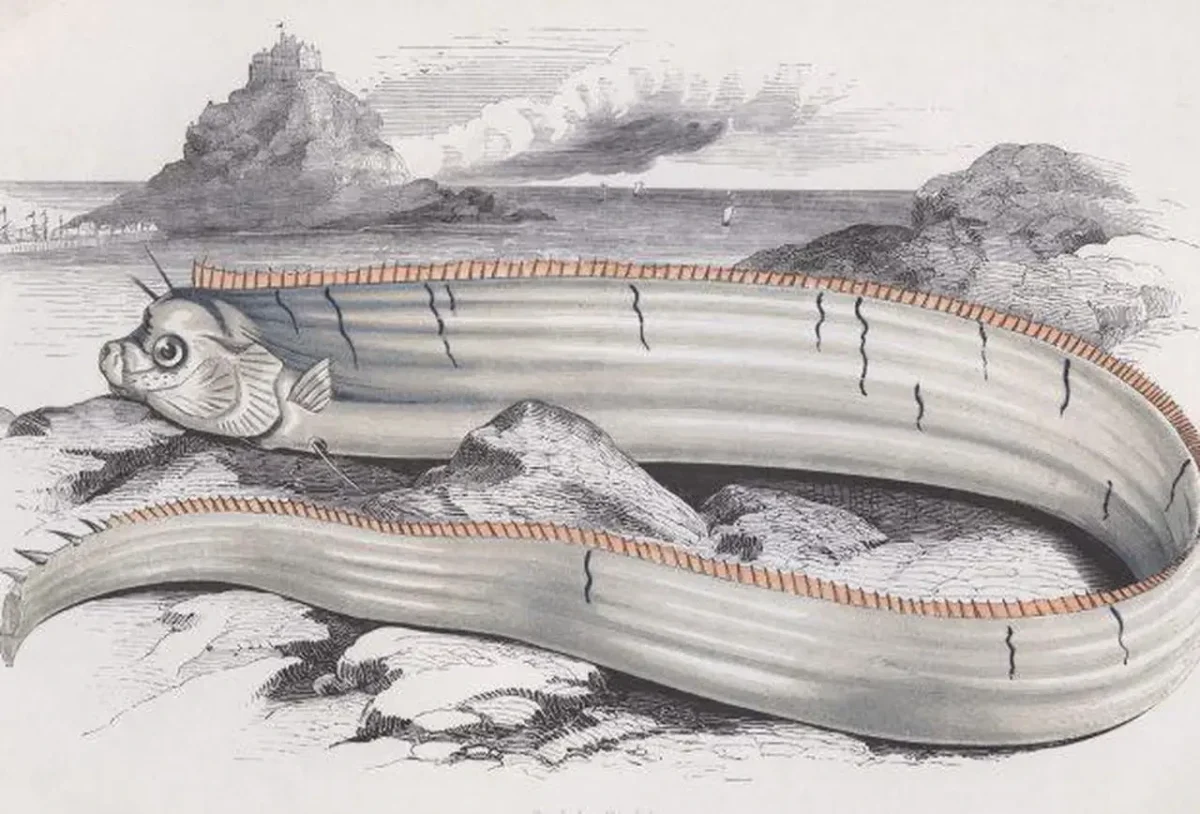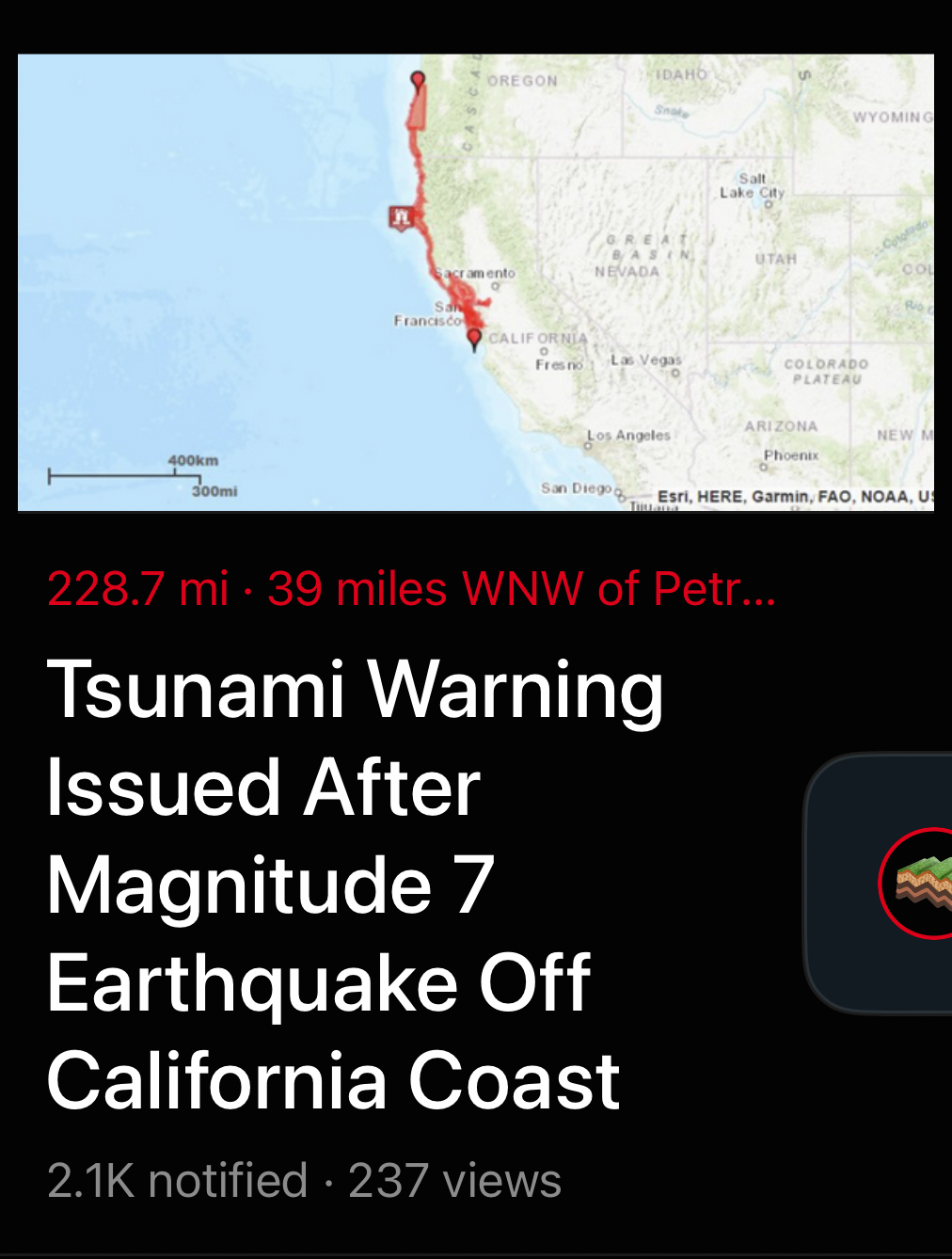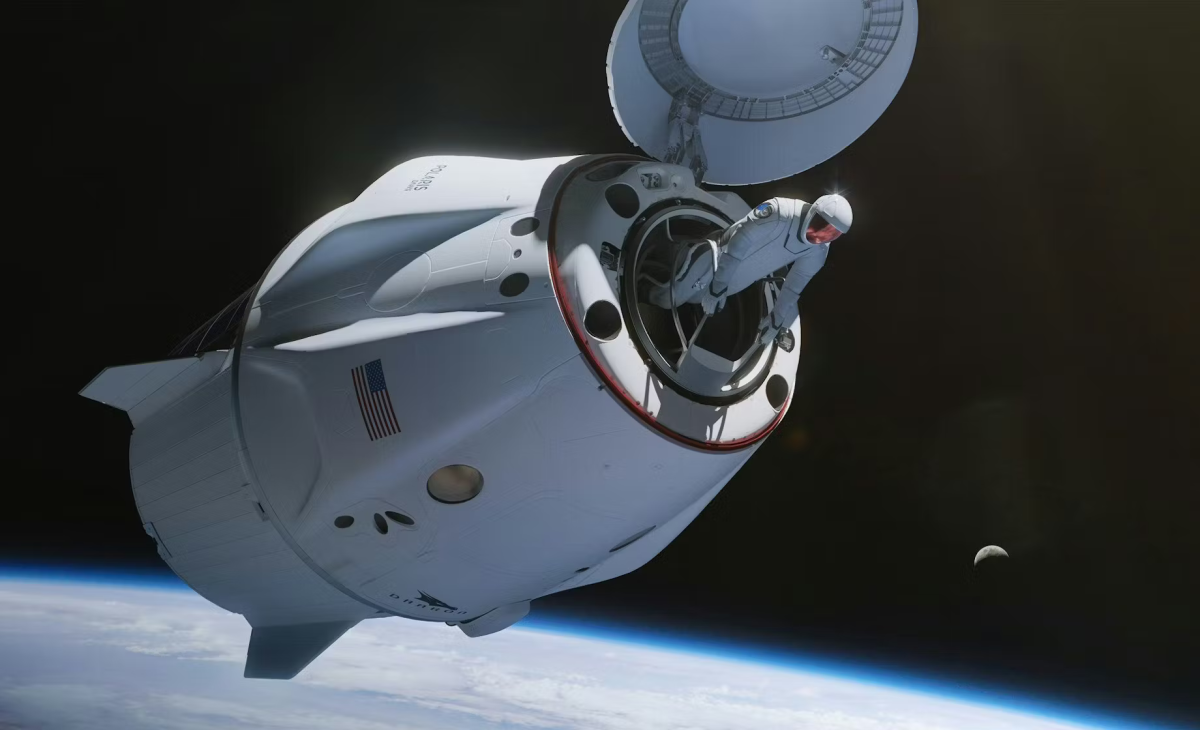On Feb. 8, a NASA mission called PACE launched from the Space Launch Center 40 at Cape Canaveral Station in Florida.
PACE stands for Plankton, Aerosol, Cloud Ocean, and Ecosystem. It is a satellite that will allow scientists to better understand how carbon dioxide reacts with the oceans and atmosphere.
NASA stated how the satellite will help the planet, citing that “Novel uses of PACE data will benefit our economy and society.” For example, it will help identify the extent and duration of harmful algal blooms.
According to science teacher Jack Reardon, algal blooms can “consume oxygen needed by other organisms to live” and “block sunlight,” and so being able to effectively track and record these blooms is of vital importance.
PACE will extend and expand NASA’s long-term observations of our living planet. By doing so, it will take Earth’s pulse in new ways for decades to come.
Over 40 percent of the world’s population lives within 100 kilometers of an ocean coastline, and there are three million jobs in the US that relate to the ocean economy.
PACE will provide a better understanding of the ocean and help both ocean-based economies and the people who live in the ocean’s vicinity.
Science teacher Colleen O’Rourke explained, “The PACE project allows us to understand how a lot of the ecosystems of our planet are interconnected in ways we have had trouble seeing before.”
For example, previous similar missions have shown us that dust blowing off the Sahara desert in Africa is transported across the Atlantic Ocean to provide vital nutrients for coral reefs in the Caribbean Sea.
She continued, saying, “These missions also allow us to see how many of these interconnected systems are being affected by climate change, and hopefully allow us to develop strategies to minimize the damage of such drastic changes.”
The two main tools being used for PACE are OCI (Ocean Color Instrument) and Multi-angle Polarimeters. OCI is a spectrometer used to measure the intensity of light over portions of the electromagnetic spectrum. It will provide detailed information about our oceans.
Multi-angle Polarimeters are radiometers that are used to measure how the polarization of sunlight is changed through passing through clouds, aerosols and the ocean.
Hazel Nagata Rampata ’26, president of the Environment Club, said, “NASA’s PACE mission will help the environment by allowing researchers to hopefully allow scientists to see what the climate and atmosphere of Earth reacts to Earth’s fast changing climates.”
She added, “ I hope that with this research, researchers will be able to understand what changes are occurring in our environment, and what we can do in order to positively change these trends.”
The mission is projected at $805 million.
O’Rourke talked about the significance of the launch of PACE, saying, “The PACE mission uses new instrumentation and technologies to give us brand new, high-resolution data on the will hopefully let us make better, more informed decisions on where and how to work on mitigating human effects on the oceans.”
NASA hopes that PACE will prove to be a technology that will help change the planet and its environment for the better.







